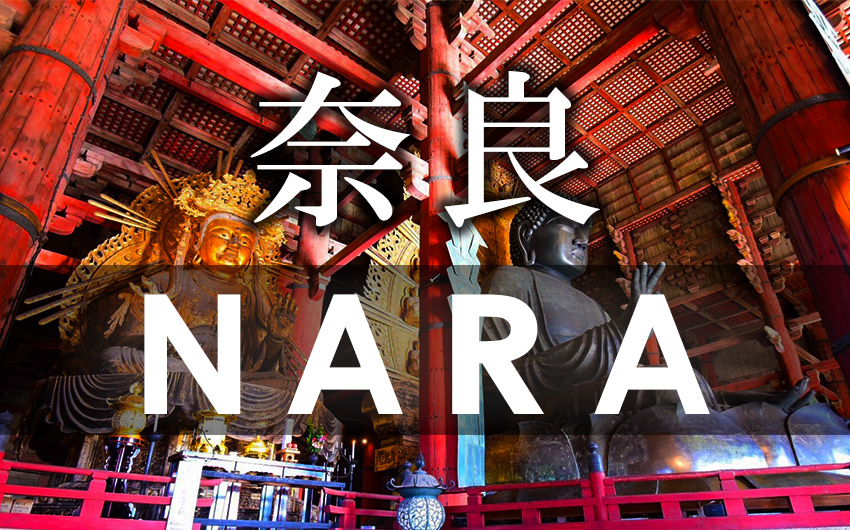
After you enjoy famous sightseeing spots in Kyoto, you might want to go the other places which is easy place for you to take a short trip away from Kyoto. That is Nara, fascinating ancient capital.
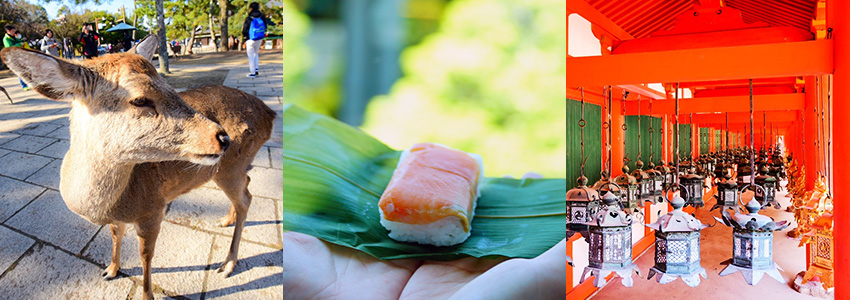
Kyoto is probably the most popular tourist destination in Japan. The city became Japan’s capital in 794, but Nara was the capital before then, starting from 710. It takes about 45 minutes by train to get from Kyoto to Nara, so why not combine your sightseeing in Kyoto with a trip to Nara? I’m going to be introducing some great sights around the city, with a focus on World Heritage sites.
Nara is famous for what??
NARA is Deer & Temples!
Horyu-Ji
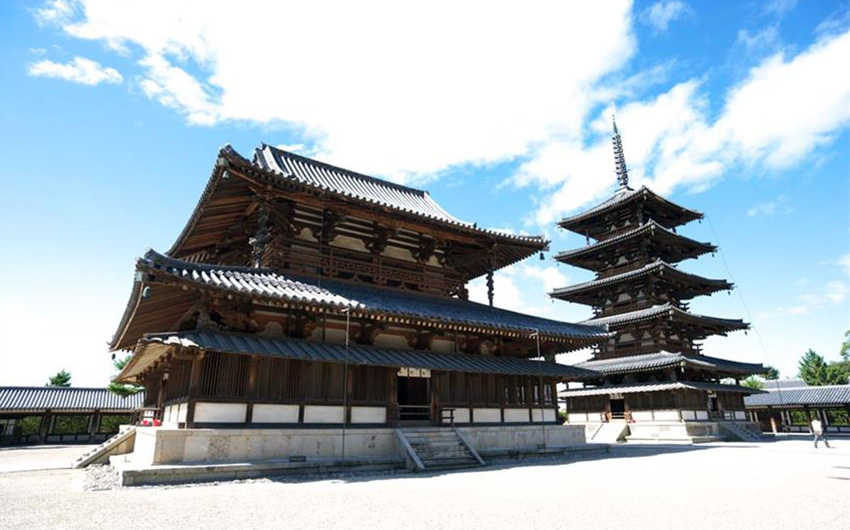
https://www.fun-japan.jp/en/Articles/2016/07/25/MY_2014090302-Horyu-ji-Beautiful-Japan-vol7
In 1993, Horyu-ji was designated a UNESCO world heritage site. The temple is founded by Prince Shotoku, who is attributed with having introduced Buddhism to Japan.
Horyuji is one of Japan's oldest temples and its main hall, five storied pagoda and central gate, all located in the temple's Saiin Garan (Western Precinct) and dating from the 7th century, are the world's oldest surviving wooden structures.
Todai-Ji
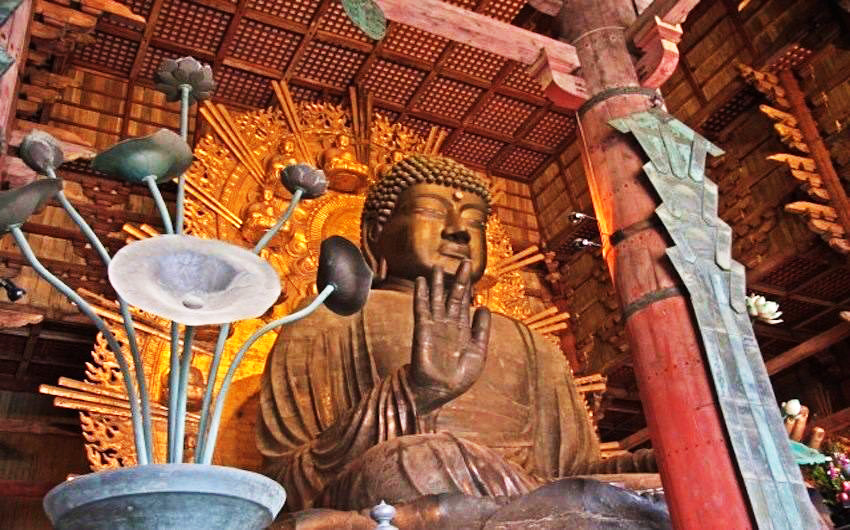
https://www.fun-japan.jp/en/Articles/2015/10/22/MY_20151024-24-Nara-trip-away-Kyoto
When most people think of Nara, they think of the great Buddha statue at Todaiji Temple—it’s so famous that there probably isn’t a single Japanese person who doesn’t know it! Standing 18 meters tall, it was created around 1270 years ago as a symbol of peace, and is said to have taken nine years to build. It is said that when you pass through this hole, one wish will be granted. Make sure to give it a try! The temple is a listed World Heritage site.
Kasuga Grand Shrine
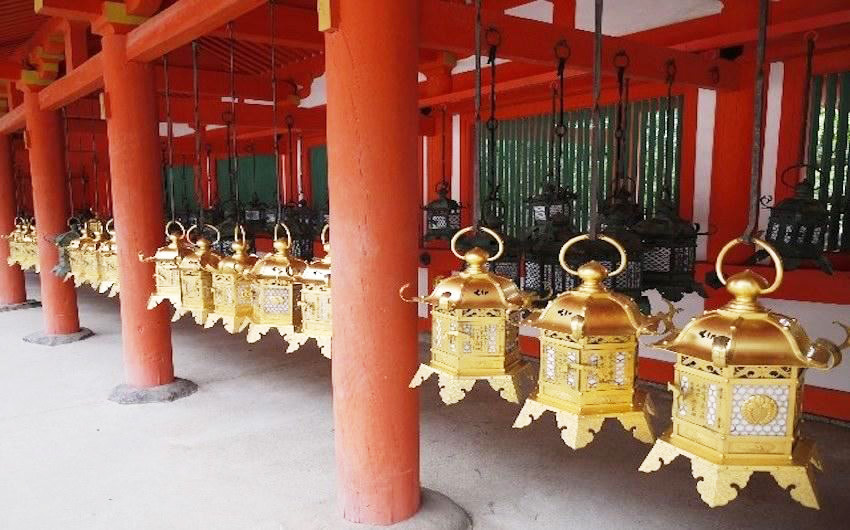
https://www.fun-japan.jp/en/Articles/2015/10/22/MY_20151024-24-Nara-trip-away-Kyoto
This is a shrine called Kasuga Grand Shrine built in 768. Sights must see in the shrine are stone lanterns and hanging lanterns. Along the road to the shrine are around 1000 stone lanterns, and inside the grounds are approximately 3000 hanging ones. These have been donated from across the country. As the head temple of all the Kasuga shrines around the country, the Kasuga Grand Shrine is clearly a focal point for worship. At the Setsubun end-of-winter holiday in February and the O-Bon festival in August, a lantern ceremony known as Mantoro is held, and the shrine is enveloped in a mystical atmosphere.
Wild Deer in Nara Park
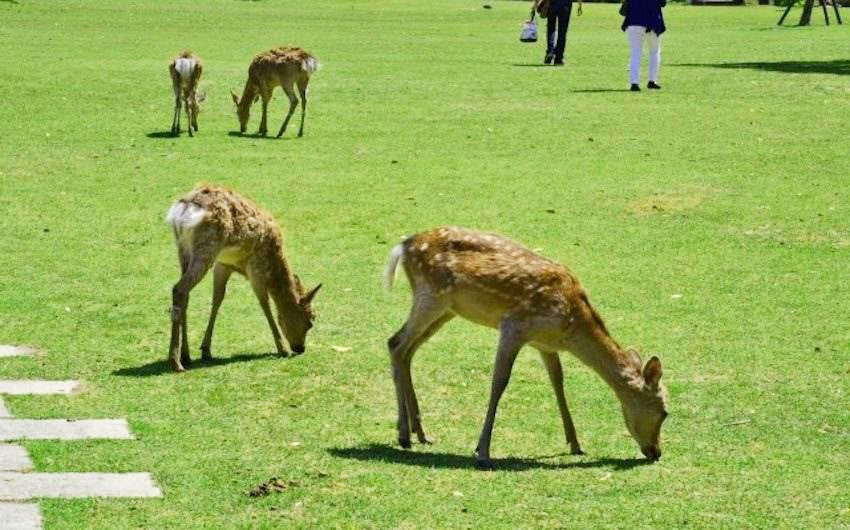
https://www.fun-japan.jp/en/Articles/2015/10/22/MY_20151024-24-Nara-trip-away-Kyoto
Todaiji Temple and Kasuga Grand Shrine are both inside the huge Nara Park, which also contains Kofukuji Temple, another World Heritage site. Nara Park is renowned for its wild deer, which are considered messengers of the gods and are treasured by the people. Deer are one of the symbols of Nara, so you’ll see lots of deer imagery used around the city as well. You can also purchase shika-sembei (“deer” rice crackers) to feed to the deer.
You will see the deer in the city street
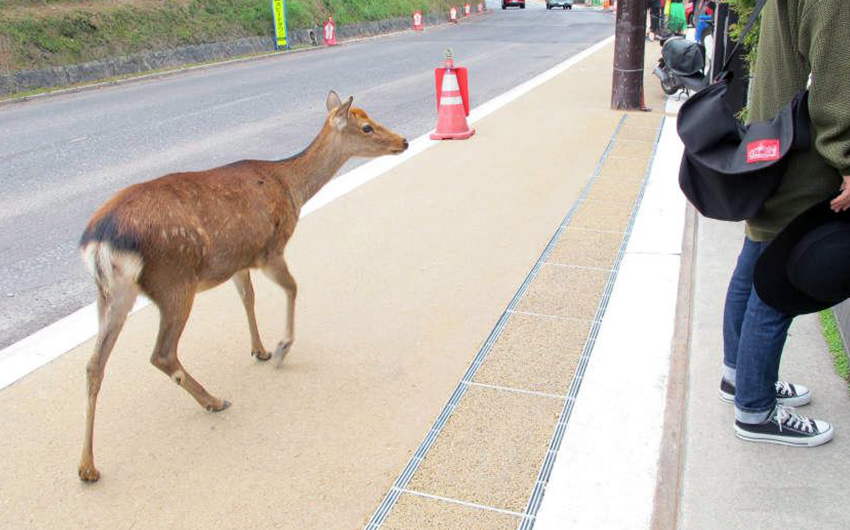
https://www.fun-japan.jp/en/Articles/2015/12/02/MY_20151204-00-Kamameshi-Shizuka-Old-Restaurant-Nara
Previous Fun! Japan Visit Japan Campaign winner enjoyed playing with the wild deer as well.

How can I get to Nara?
KYOTO ⇔ NARA
① Kyoto → JR Nara Station50 min by Miyako express Train in JPY710
② Kyoto → Kintetsu Nara Station
35 min by Kintetsu Limited Express train in JPY 1,130
③ Kyoto → Kintetsu Nara Station
50 min by Kintetsu Express train in JPY 620
Airport ⇔ NARA
Kansai International Airport → JR/Kintetsu NARA Station1h 40min by Limousine bus in JPY 2,050
1h 20min by JR Limited Express Train Haruka 8 and JR Yamatoji line train in JPY 2,360
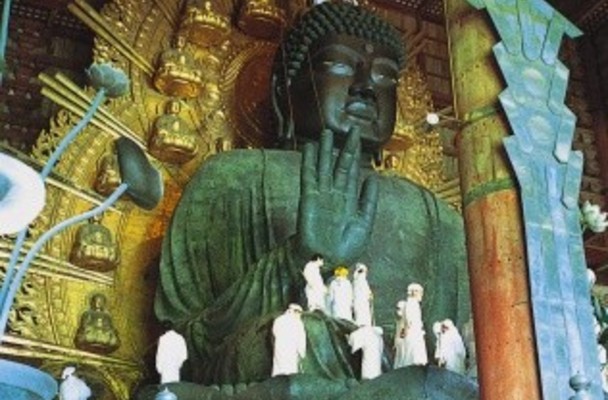
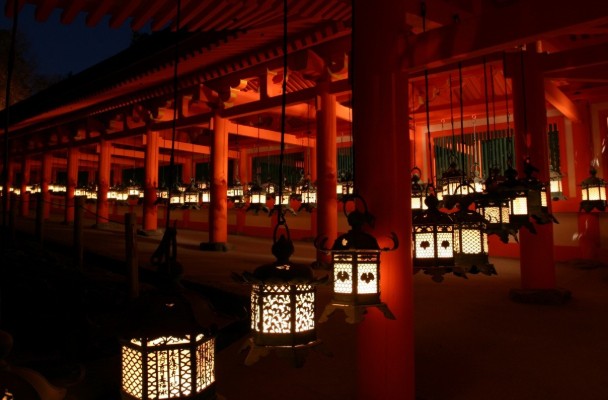
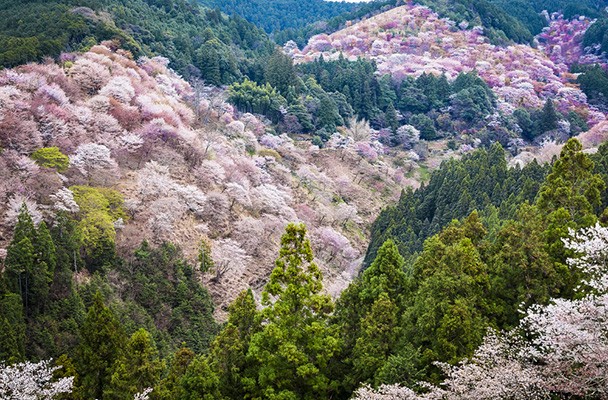
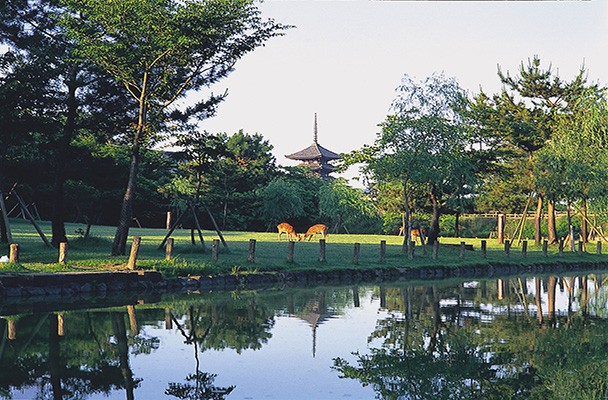
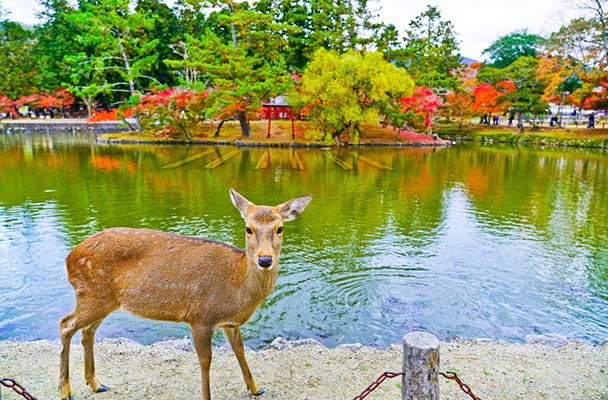
Comments